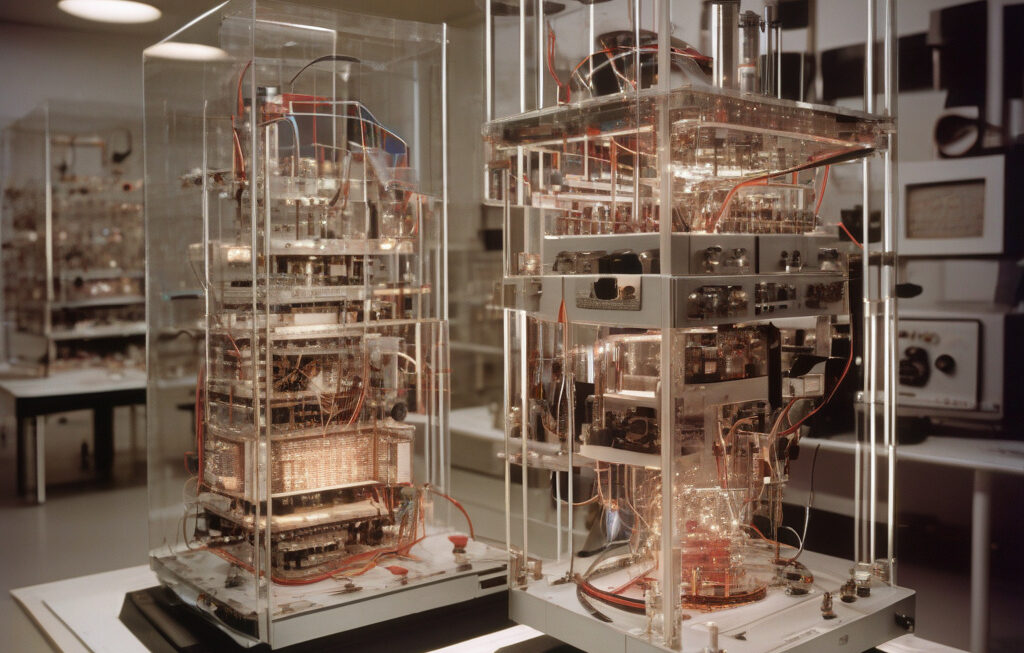US Supercomputer Trains AI on 53 Million Nuclear Docs for Faster Plant Approvals
The Oak Ridge National Laboratory (ORNL), headed by the Department of Energy, have penned a remarkable milestone in the realm of artificial intelligence (AI) and nuclear energy. By harnessing the power of Summit, the world’s fastest supercomputer, ORNL has embarked on a groundbreaking initiative to expedite the approval process for nuclear power plants. This innovative approach involves training AI algorithms on a staggering 53 million documents related to nuclear energy, aiming to streamline regulatory procedures and enhance operational efficiency within the industry.
The task of sifting through vast amounts of technical data and documentation has long been a time-consuming challenge for regulatory bodies overseeing the nuclear sector. However, with the integration of AI into this process, ORNL is poised to revolutionize the way in which information is analyzed and utilized. By leveraging the computational capabilities of Summit, which can perform over 200 quadrillion calculations per second, researchers can now efficiently identify patterns, extract key insights, and make data-driven decisions at an unprecedented pace.
One of the primary objectives of this initiative is to accelerate the approval timeline for new nuclear power plant designs. By training AI models on historical documents, regulatory criteria, safety standards, and operational protocols, ORNL aims to enable faster evaluations and assessments of proposed projects. This not only expedites the regulatory review process but also ensures that stringent safety measures are rigorously adhered to, ultimately bolstering the reliability and security of nuclear facilities.
Moreover, the utilization of AI in the nuclear domain holds immense potential for optimizing plant operations and maintenance practices. By analyzing vast troves of data pertaining to reactor performance, maintenance schedules, and safety protocols, AI algorithms can proactively identify anomalies, predict potential failures, and recommend preemptive measures to mitigate risks. This predictive maintenance approach not only enhances operational efficiency but also minimizes downtime, reduces costs, and improves overall plant safety.
Furthermore, the integration of AI-driven analytics in nuclear regulatory processes underscores the broader trend of digital transformation within the energy sector. As industries increasingly rely on data-driven insights to inform decision-making and drive innovation, the marriage of AI and nuclear technology exemplifies the synergies between advanced computing capabilities and complex regulatory frameworks. By harnessing the power of supercomputing technology, organizations can unlock new opportunities for optimization, collaboration, and sustainable growth.
In conclusion, the ORNL’s pioneering initiative to train AI on 53 million nuclear documents signifies a significant leap forward in the convergence of technology and regulatory compliance. By leveraging the computational prowess of Summit and the analytical capabilities of AI, the nuclear industry stands to benefit from expedited approvals, enhanced safety measures, and optimized operational practices. As we witness the transformative impact of AI on traditional industries, the marriage of supercomputing and nuclear energy heralds a new era of innovation and efficiency in power generation.
supercomputer, AI, nuclear energy, regulatory compliance, digital transformation












